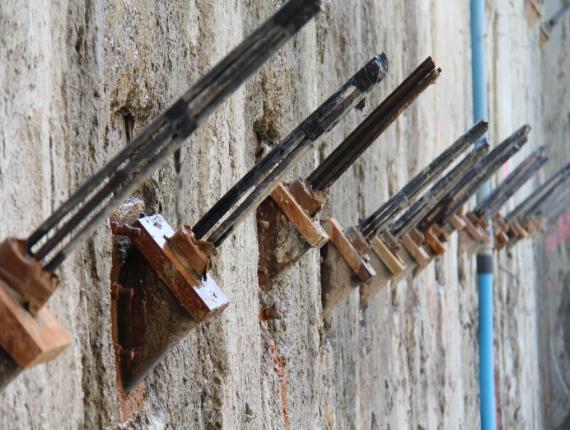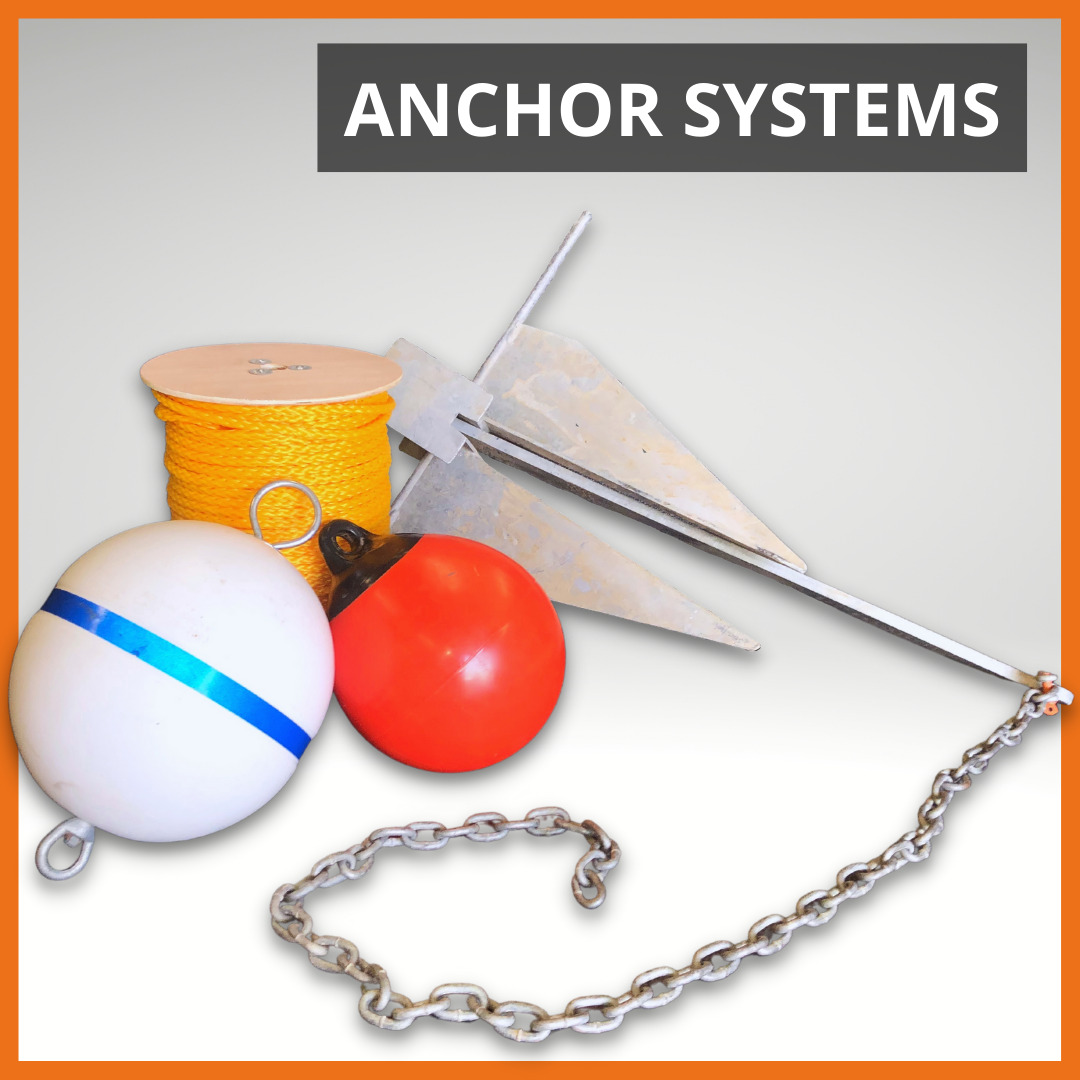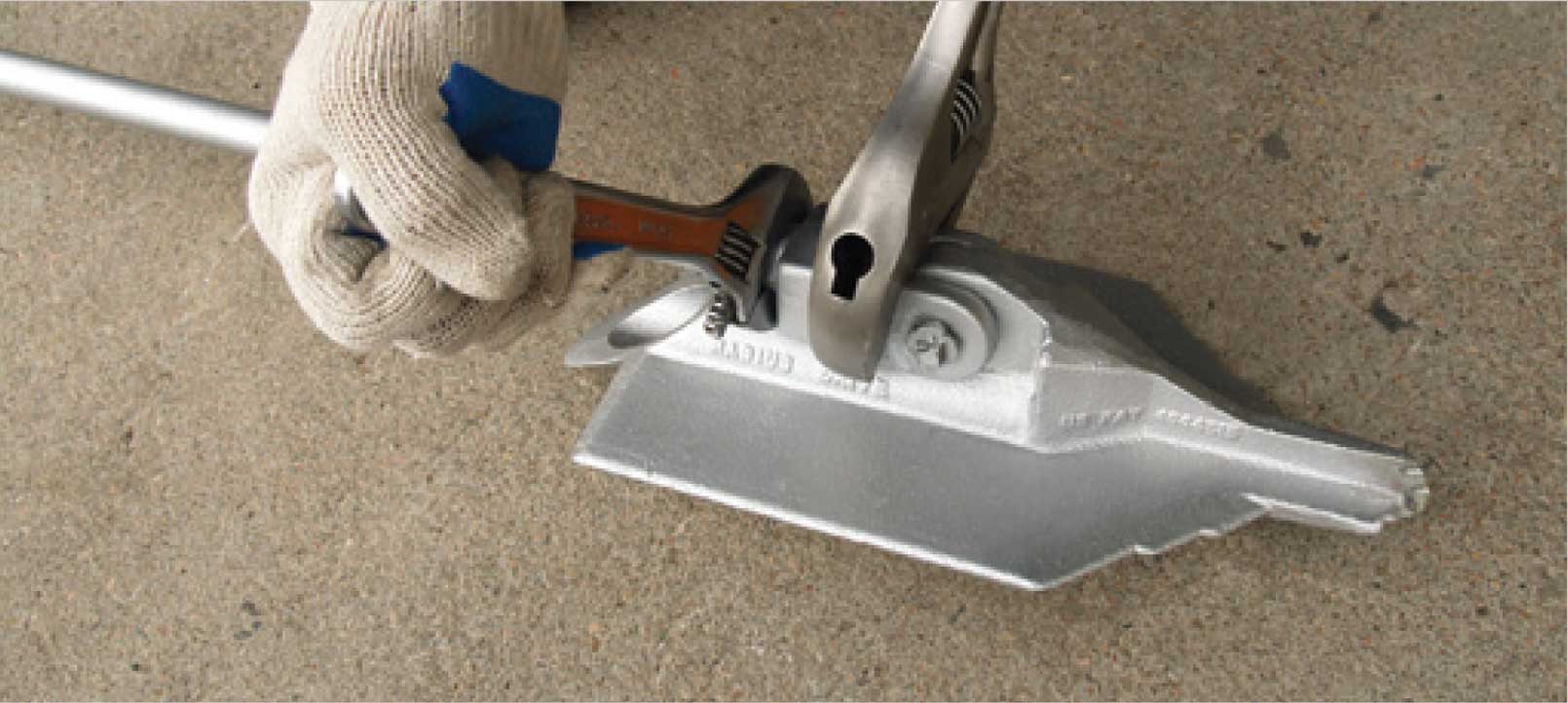Overview to Installing An Earth Anchor for a Stronger Foundation
Overview to Installing An Earth Anchor for a Stronger Foundation
Blog Article
Effective Anchor Equipments Designed for Maximum Stamina
The layout of reliable anchor systems is vital in making sure maximum strength and integrity across numerous applications, particularly in marine and civil engineering. As we explore the different types of anchor systems and the materials that underpin their effectiveness, it becomes obvious that the future of anchoring modern technology might hold also higher advancements.
Value of Support Systems
Anchor systems play an essential duty in various applications, from marine building and construction to overseas boring and even in the security of frameworks on land. Their key function is to offer safe and secure holding power, guaranteeing that frameworks remain secure and risk-free under various ecological problems. In aquatic environments, anchors are necessary for mooring vessels, protecting against drift as a result of wind, currents, or waves. Without reputable anchoring, ships might go to danger of collision or grounding, causing substantial financial and environmental repercussions.
In addition to marine applications, support systems are essential in civil engineering, particularly in the building and construction of maintaining walls, bridges, and structures in geologically challenging areas. These systems help distribute lots efficiently, neutralizing forces such as dirt pressure and seismic activity. The value of anchor systems expands to the renewable resource field, where they secure wind generators and overseas platforms, contributing to the stability and efficiency of power generation.
Ultimately, the effectiveness of a support system is basic to the safety, resilience, and functionality of various structures, making their layout and implementation an essential part in design and construction methods across multiple sectors.
Ingenious Materials in Support Design

Modern advancements in products scientific research have considerably changed support design, improving performance and resilience. The unification of high-strength alloys and composite materials has led to anchors that can stand up to severe environmental problems while preserving architectural stability. These cutting-edge materials not only provide exceptional tensile stamina however additionally reduce weight, enhancing simplicity of installment and handling.
One remarkable growth is the usage of carbon fiber reinforced polymers (CFRP), which provide excellent corrosion resistance and high strength-to-weight ratios. This permits the layout of anchors that are both light-weight and extremely resilient, making them suitable for marine applications where exposure to saltwater can cause material degradation.
Furthermore, developments in coatings-- such as sophisticated epoxy and galvanization-- additional secure steel supports from rust, expanding their life span. These coatings can be tailored to fulfill particular environmental difficulties, ensuring that supports perform reliably also in severe problems.
Moreover, the integration of smart products, which can adjust to changing loads and ecological aspects, is leading the means for future anchor styles. These developments emphasize a trend in the direction of higher efficiency and reliability in securing solutions, inevitably enhancing safety throughout different applications.
Sorts Of Reliable Support Equipments
Effective securing remedies are vital for ensuring security and security in different applications, from building and construction to aquatic procedures. A number of kinds of effective support systems stick out for their performance and flexibility to various environments.
One preferred type is the screw anchor, which uses a helical style to supply premium helpful resources holding power in dirt and soft ground. These anchors are particularly helpful in momentary frameworks and can be conveniently gotten rid of and reused.
An additional favored system is the driven pile anchor, often employed in aquatic and hefty building and construction jobs. These anchors are driven deep website here right into the ground, supplying outstanding resistance to lateral forces, making them excellent for sustaining big frameworks.
For marine applications, the mooring buoy anchor system is vital. This system includes resilient devices attached to supports on the seabed, enabling vessels to stay secure while decreasing drag from currents and winds.
Last but not least, the deadweight support system counts on heavy weights to provide stability and is commonly utilized in overseas setups. Each kind of support system is designed to satisfy certain demands, making sure the safety and security and stability of structures and vessels in various problems.
Safety And Security Criteria and Rules
Guaranteeing the safety and reliability of securing systems includes adherence to rigid safety and security standards and guidelines. These requirements are established by different organizations, including the American Culture for Screening and Materials (ASTM), the International Company for Standardization (ISO), and local building codes. Compliance with these policies is vital to assure that anchoring systems can stand up to ecological stress and anxieties and tons, decreasing the threat of failure.
Checking and qualification processes are basic elements of security standards. Anchoring systems should undertake strenuous evaluations, consisting of tensile strength examinations, exhaustion examinations, and ecological impact examinations. These tests help identify the systems' performance under real-world problems, guaranteeing they satisfy or exceed the called for safety thresholds.
Furthermore, producers are needed to offer thorough specifications and instructions for installment and upkeep, which are important to supporting security standards. Normal evaluation and upkeep methods must likewise be developed to identify prospective weaknesses gradually.
Future Trends in Support Technology
The future of support innovation is poised for substantial improvements, driven by the increasing need for enhanced safety and performance in building and construction and design applications. Developments are anticipated in materials, style, and setup methods, which will certainly enhance the stamina and sturdiness of support systems.
One arising fad is the assimilation of clever modern technology into anchor systems. Earth Anchor. By incorporating sensors, these systems can monitor anxiety, lots, and ecological conditions in real-time, enabling positive upkeep and boosted reliability. In addition, advancements in composite products may result in lighter, yet more powerful supports that can stand up to severe problems, reducing the general weight of structures


Furthermore, modular support systems are acquiring traction, allowing for simpler installation and adaptability to various project requirements. Earth Anchor. As the sector accepts why not try here automation, robot setup techniques might further improve the anchoring process, improving performance and precision
Conclusion
In final thought, reliable anchor systems play a crucial role in making sure the stability and security of civil and marine design tasks. Adherence to security criteria and policies better underscores the value of reliability in anchor systems.
The layout of efficient anchor systems is critical in making sure maximum toughness and dependability throughout numerous applications, particularly in civil and aquatic engineering. As we check out the various kinds of anchor systems and the products that underpin their performance, it becomes obvious that the future of securing technology may hold also higher innovations.Ensuring the security and integrity of securing systems entails adherence to strict security requirements and guidelines.In verdict, reliable anchor systems play a vital function in making certain the stability and safety of civil and marine engineering projects. Adherence to safety requirements and laws further underscores the significance of reliability in anchor systems.
Report this page